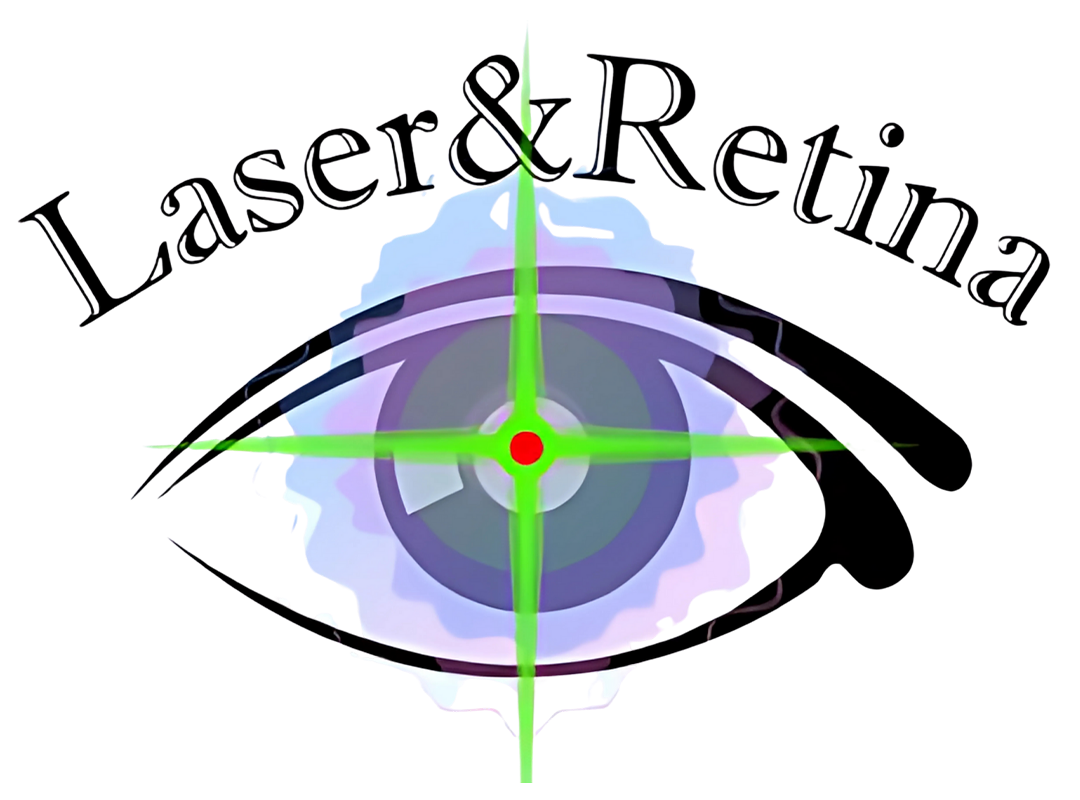Neuro Ophthalmology
What is Neuro-Ophthalmology?
Neuro-ophthalmology focuses on visual problems that stem from the nervous system — including the brain, optic nerves, and eye movement pathways. Patients may experience vision loss, double vision, or abnormal eye movements that point to underlying neurological or systemic causes.
Common Conditions We Diagnose and Manage
1. Optic Neuritis
- Inflammation of the optic nerve, often linked to demyelinating diseases like multiple sclerosis (MS).
- Symptoms: Sudden vision loss, pain with eye movement, and color desaturation.
Comprehensive eye care
- Uveitis and Ocular Immunological Reactions
- Neuro Ophthalmology
- Digital Eye Strain
- Dry Eye Management
- Amblyopia / Lazy Eye Management
- Epiphora / Watery Eyes
2. Papilledema
- Swelling of the optic nerve head due to raised intracranial pressure.
- Can be caused by mass lesions, cerebral venous thrombosis, or idiopathic causes like IIH.
3. Benign (Idiopathic) Intracranial Hypertension (IIH)
IIH is a condition where pressure inside the skull is elevated without a detectable cause (e.g., no tumor or mass). It typically affects young, overweight women, but can occur in other populations too.
Ophthalmic Symptoms:
- Blurred vision or transient visual obscurations
- Pulsatile tinnitus (hearing your heartbeat in your ears)
- Double vision, often due to sixth nerve palsy
- Headaches that may worsen when lying down or with Valsalva maneuvers
Eye Examination Findings:
- Bilateral papilledema is the hallmark sign.
- Visual field testing often shows enlarged blind spots or peripheral field loss.
- Optical coherence tomography (OCT) can be used to monitor optic nerve swelling and retinal nerve fiber layer (RNFL) thickness.
Diagnosis:
- Requires brain imaging (MRI/MRV) to rule out structural causes.
- Lumbar puncture confirms elevated cerebrospinal fluid (CSF) pressure, with normal composition.
Follow-Up & Monitoring:
- Regular visual field testing is essential to monitor progression.
- Fundus photography and OCT help document and track optic nerve health.
- Long-term follow-up is crucial to prevent permanent vision loss.
Treatment includes:
- Weight loss
- Acetazolamide (to reduce CSF production)
- In some cases: surgical interventions (optic nerve sheath fenestration or CSF shunting)
4. Ischemic Optic Neuropathy
- Sudden painless vision loss due to impaired blood flow to the optic nerve.
- Arteritic type (e.g., giant cell arteritis) is an emergency requiring urgent steroids.
5. Visual Field Defects
- Caused by strokes, tumors, or lesions along the optic pathway.
- Visual field testing is key for localization and monitoring.
6. Ocular Myasthenia Gravis
- Autoimmune condition affecting neuromuscular transmission.
- Symptoms include ptosis, variable diplopia, and fatigable muscle weakness.
7. Cranial Nerve Palsies (III, IV, VI)
- Result in restricted eye movement and double vision.
- Causes range from diabetes and hypertension to aneurysms and trauma.
8. Nystagmus and Ocular Motor Disorders
- Uncontrolled eye movements due to cerebellar or brainstem dysfunction.
- May be congenital or acquired from neurological disease.
9. Neurodegenerative and Systemic Conditions
- Disorders like Parkinson’s, MS, and thyroid eye disease often have eye involvement.
- Early neuro-ophthalmic evaluation aids in diagnosis and management.
Our Approach
We offer a comprehensive neuro-ophthalmic evaluation, using:
- Detailed ocular and neurological exams
- Visual field analysis and OCT
- Neuroimaging when indicated (MRI, MRV)
- Collaborative care with neurologists, endocrinologists, and neurosurgeons
Regular follow-up is essential for conditions like IIH, optic neuropathies, and cranial nerve palsies — where monitoring for progression or response to therapy is key to preserving vision.
Comprehensive eye care
- Uveitis and Ocular Immunological Reactions
- Neuro Ophthalmology
- Digital Eye Strain
- Dry Eye Management
- Amblyopia / Lazy Eye Management
- Epiphora / Watery Eyes
